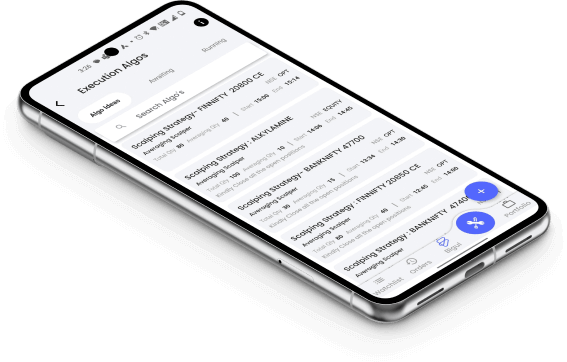Conclusion
Swing Trading strategies can be applied all the time while there may be different phases of market trends. Proper technical analysis is required from the end of traders before executing trade. However, predefined stop loss should be there for proper risk management.















